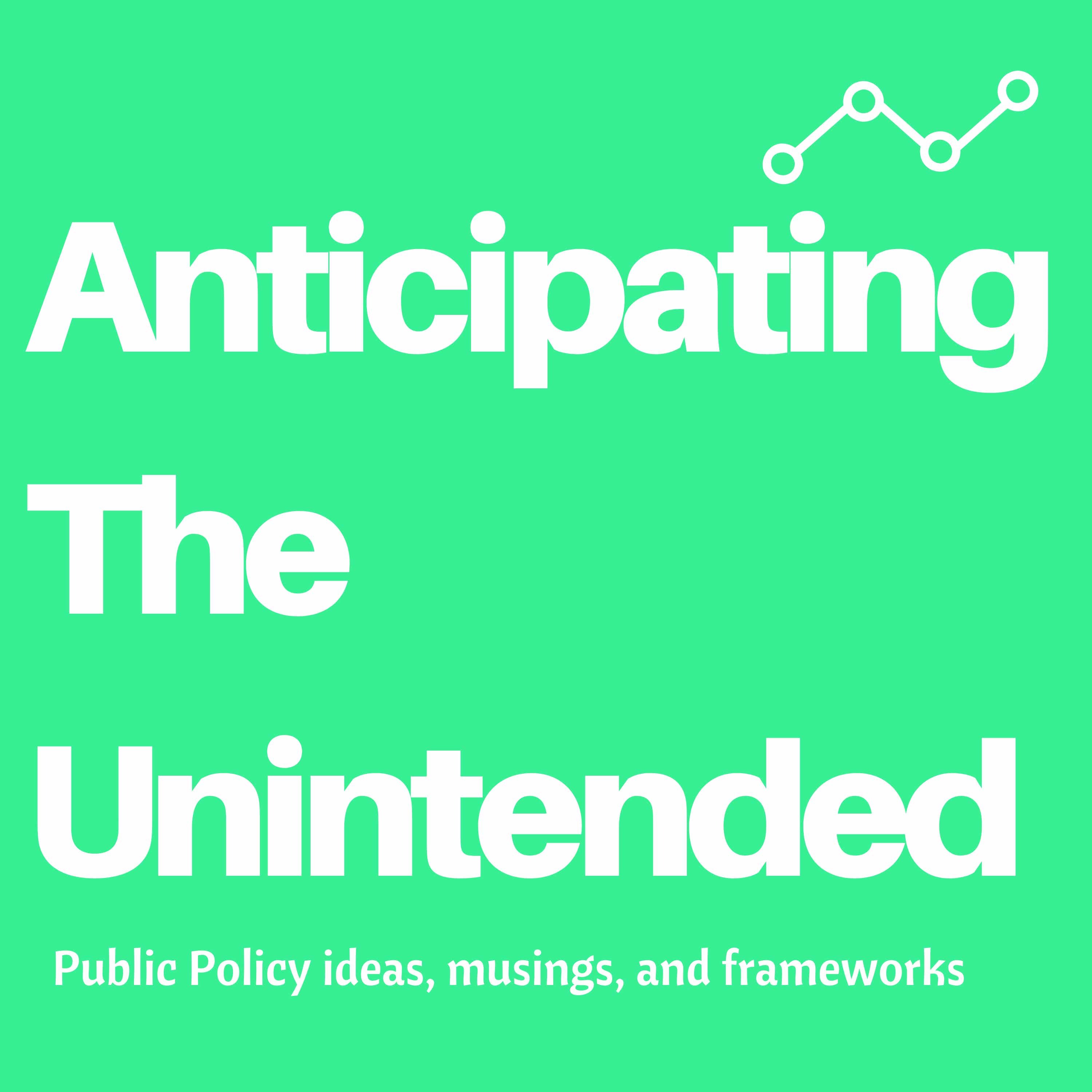#197 Everything for Everyone All At Once
Description
India Policy Watch #1: Fertility 2.0
Insights on current policy issues in India
— RSJ
First, the good news.
“India may have already surpassed China as the world’s most-populous nation in a milestone that adds urgency for Prime Minister Narendra Modi to create more jobs and ensure the country sustains its world-beating growth.
The South Asian nation’s population stood at 1.417 billion as of end 2022, according to estimates from the World Population Review, an independent organization focused on census and demographics.
That’s a little over 5 million more than the 1.412 billion reported by China Tuesday when authorities there announced the first decline since the 1960s.” (from Business Standard, 18 Jan)
We have argued for long on these pages that people are resources. They aren’t a problem. We have a governance problem if our default view of people is that they are a burden. We have a chapter in our book (HAVE YOU ORDERED YOUR COPY YET?) explaining why ‘aabadi isn’t barbaadi”. There’s an extract from that chapter in the next section of this edition.
Here’s another news item that caught my attention this week:
“State-run Rashtriya Chemicals and Fertilizers Ltd (RCF) and National Fertilizers Ltd (NFL) plan to build five new factories to manufacture super-efficient nano-urea under a licence from IFFCO Ltd, a development that promises to ease India’s mounting fertilizer subsidy burden.
The two companies have signed arrangements with IFFCO, a producer in the cooperative sector which holds the patent for nano-urea, a person aware of the matter said on condition of anonymity. They will pay royalties to IFFCO for producing nano-urea, a nanotechnology-based product 100 times more efficient than conventional urea, which will shrink the quantity of fertilizer usage and thereby lower the subsidy burden. It also boosts nutrient availability, enhances productivity, helps soil health and reduces the carbon footprint in fertilizer production.”
(from Mint, 19 Jan)
It is useful to appreciate why policymakers and well-meaning thinkers over the ages have worried about population increase. One mental model we have is about the finiteness of resources available on earth to support human life (or life in general). There’s a biological load that the planet can support, and after this limit has been reached, we will face scarcity. Malthus, who was among the first to articulate this, put it simply - the growth of human population is exponential, while food and other resources needed to support life grow linearly. And unless wars, famines or other events correct this, we will hurtle towards a ‘Malthusian catastrophe’. He wrote about in the late 18th century with a warning that unless preventive checks on population are done at a policy level, the catastrophe might be upon us by the mid-19th century. Of course, we know it didn’t turn out that way. What happened then? It is difficult to prove this conclusively, but it is likely that spontaneous order worked. As demand increased, producers searched for additional resources like new arable land (maybe more colonialism), worked harder (two crop cycles instead of one) or became more productive through technology (early mechanisation of agriculture using tools of the industrial revolution). Yet, there was a lurking feeling through the late 19th and early 20th century that we might reach the limit of sustenance.
Till Haber and Bosch did their thing.
Plants need nutrients, specifically N (Nitrogen), P (Phosphorus) and K (Potassium). NPK plus water and the sunlight is the only way to convert solar energy into food. Plants get these nutrients from the soil. When they die, they give them back to the soil. This is how life sustains itself. But this wasn’t enough to sustain a civilisation. We needed more plants, and soon we realised we had natural limits of these nutrients. Among them, Nitrogen was the most elusive. It is the most abundant element in the atmosphere, but
More Episodes
Prediction Time
—RSJ
In a year when countries as diverse as India, the United States, the United Kingdom, Russia, Taiwan, Pakistan and Palau go for their elections, it is tempting to go for an overarching theme for the year while looking ahead. Unfortunately, like these aforementioned elections...
Published 01/14/24
Published 01/14/24
Happy New Year
— RSJ
Happy 2024, dear readers!
We hope 2023 was good for all of you. If it wasn’t, we are glad that it’s behind you. We didn’t have too bad a 2023 ourselves. This newsletter went along swimmingly (or so we think) and we had our book ‘Missing in Action: Why You Should Care About...
Published 01/07/24


